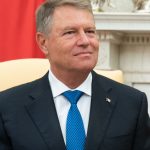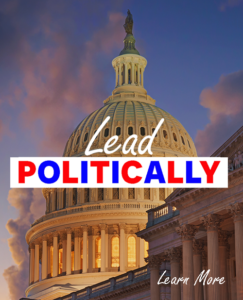Politics
Romania Politics
This page explores Romania’s political structure incorporating real-time RSS feed news and videos. By harnessing the power of RSS feeds, visitors can stay informed about the latest developments in Romania’s politics as they happen. The dynamic nature of these feeds ensures that users receive up-to-the-minute updates on political events, policy changes, and significant milestones, enabling them to stay abreast of the ever-evolving political scene.

Klaus Iohannis
5th President of Romania
Incumbent
Assumed office
21 December 2014
Image credit
Romania is a country located in Eastern Europe and operates as a semi-presidential republic. The political structure of Romania is defined by its constitution, which was adopted in 1991 and has undergone amendments since then.
At the top of the political structure is the President of Romania, who serves as the head of state. The President is elected by popular vote for a five-year term and represents national unity. The President has limited executive powers but plays a significant role in foreign policy, appointing key officials, and acting as a check on the government.
The executive branch is headed by the Prime Minister, who is appointed by the President and chosen from the majority party or coalition in the Parliament. The Prime Minister leads the government and is responsible for implementing policies and managing the administration.
The legislative branch of Romania is a bicameral institution consisting of the Parliament. It comprises the Chamber of Deputies and the Senate. The Chamber of Deputies has 329 members who are elected through proportional representation for a four-year term. The Senate has 136 members who are also elected through proportional representation for a four-year term. The Parliament is responsible for enacting laws, approving the national budget, and overseeing the executive branch.
Romania also has an independent judiciary. The judicial branch is responsible for interpreting and applying laws, ensuring justice, and protecting the rights of individuals. The High Court of Cassation and Justice is the highest judicial authority in the country and plays a crucial role in upholding the rule of law.
Political parties in Romania play a significant role in the political landscape. There are several political parties that compete in elections, and party affiliations often shape political alliances, policy platforms, and electoral strategies. The dominant parties in Romania have varied over time, reflecting the dynamics of the political system.
Romania is a member of the European Union (EU) and participates in its political and economic institutions. It actively engages in regional and international affairs and cooperates with other countries on various issues. Overall, the political structure of Romania is characterized by a semi-presidential republic with a separation of powers between the executive, legislative, and judicial branches. The country holds regular elections, allowing citizens to participate in the democratic process and choose their representatives at various levels of government.
Unless other sources are listed, original content is provided by ChatGPT. ChatGPT may produce inaccurate information about people, places, or facts. #Romania #RomaniaPolitics #RomaniaNews #RomaniaNewsToday #RomaniaRSSFeed #BlahFace



